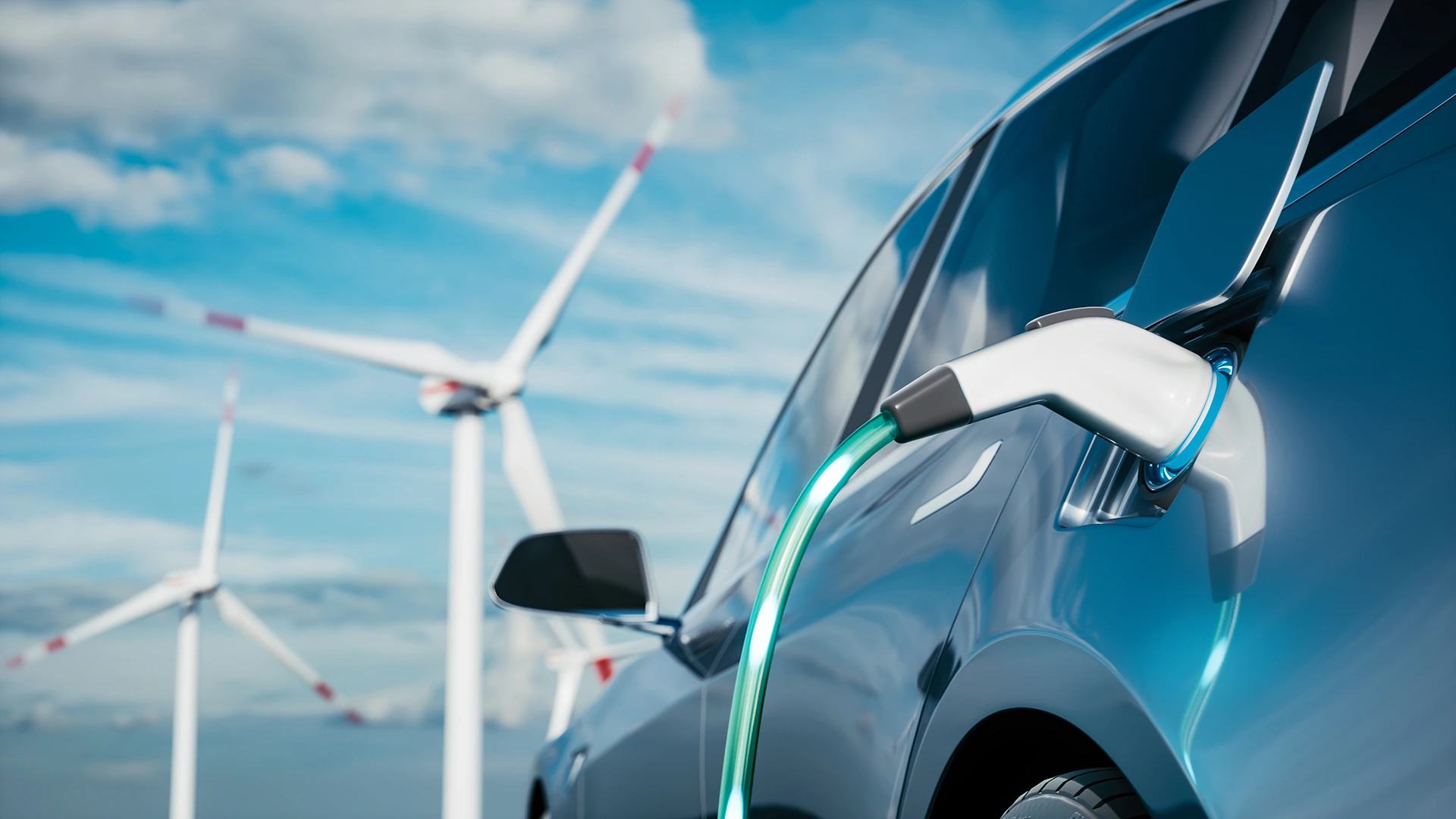









Current Sensor play a critical role in the design and operation of modern electric vehicles (EVs), ensuring safety, efficiency, and intelligent energy management. They are used to measure and monitor current flow in key systems such as battery management, motor control, charging circuits, and power distribution units. By providing accurate real-time current data, current sensors enable precise control of charging and discharging processes, optimizing battery performance and extending its lifespan.
In EV motor drive systems, current sensors help regulate torque, speed, and efficiency by monitoring motor current. In battery management systems (BMS), they detect overcurrent, short circuits, or leakage, preventing damage and enhancing vehicle safety. During charging, these sensors ensure stable current flow, improving charging efficiency and protecting both onboard and external charging equipment.
Key features of current sensors used in EVs include high accuracy, fast response time, compact size, and strong resistance to vibration and temperature variations. Many employ Hall Effect or shunt-based technologies for precise and non-intrusive current measurement. Overall, current sensors are indispensable components in electric vehicles, supporting real-time monitoring, fault detection, and energy optimization—ensuring safer, smarter, and more efficient EV operation.
Application Scenario | Current Transformer (CT) | Advanced Current Sensors | Core Value |
Battery Management | Module current monitoring (Class 0.5, ±0.5%) | Zero-flux sensors (±10mA DC accuracy) | SOC estimation error <3% |
Motor Drive Systems | IGBT overcurrent protection (response ≤5μs) | Rogowski coils for SiC switching current (BW>5MHz) | 15-25% switching loss reduction |
On-board Chargers | AC input metering (EN 50438 compliant) | Closed-loop Hall sensors (±1% FS @ -40℃~125℃) | Charging efficiency >95% |
DC-DC Converters | Isolated current detection (3kV insulation) | Magnetoresistive sensors (±0.8% @ 500A) | HVIL failure prevention |

1. Safety Monitoring
Solation Failure Detection: Precision CT for leakage current (0.1mA resolution)
HVIL Verification: Class 1 CT for circuit integrity (ASIL D compliant)
2. Energy Efficiency Optimization
Technology | Implementation | Performance Gain |
Motor FOC Control | Synchronous phase current sampling (<200ns delay) | 40% torque ripple reduction |
Regenerative Braking | Bidirectional current tracking (±0.5° phase acc.) | 8-12% range extension |
3. Thermal Management
Busbar Overheat Warning: Temp-compensated CTs (±5ppm/℃ drift)
SiC Device Monitoring: HF current sensors (20MHz bandwidth)
Challenge | Solution | Certification |
Severe EMI | Double-shielded CTs (150dB @1MHz attenuation) | CISPR 25 Class 5 |
Mechanical Vibration (50g shock) | MEMS current sensors (>100g vibration resist) | ISO 16750-3 |
High Temp (150℃ junction) | SiC-integrated current sensing (SOIC-16) | AEC-Q200 Grade 1 |
System | Configuration | Verified Performance |
800V Battery Pack | 2000A zero-flux sensor + SENT interface | ±1.5% SOC accuracy |
SiC Powertrain | 1200A Rogowski coil + LVDS transmission | 30% switching loss reduction |
Bidirectional OBC | Dual-channel Hall sensors (CAN FD bus) | V2G response <50ms |